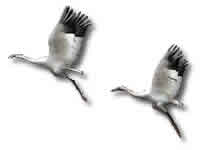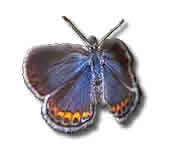
Biodiversity Facts
Download the Biodiversity Facts handout! (pdf)
What is biodiversity?
Biodiversity, or biological diversity, is the immense variety and richness of life on Earth. Biodiversity includes:
the diversity of genes within all living organisms.
the diversity of species. For example, morel, corn, rainbow trout, praying mantis and humans are all different species.
the diversity of ecosystems (coral reefs, prairies, forests, wetlands, etc.).
Why is biodiversity important?
Species and ecosystems provide essential goods and services upon which human well-being depends. They support our health, our environment and our economies.
|
Ecosystem services include:
|
Ecosystem goods include:
|
Why are people concerned about the loss of biodiversity?
Our growing population and increasing consumption of natural resources places enormous stresses on natural ecosystems and species within them. Loss of and damage to habitats, over-harvesting, introduction of nonnative species to new areas, and climate change are major causes of species extinction and endangerment.
Scientists estimate that species extinctions are occurring100 to 1000 times faster than without human influence. Without a change in our actions half of the world's species may be lost by 2100.
In the USA alone, nearly 4,500 known species are threatened with extinction, including:
How is science helping to conserve biodiversity?
Although the biodiversity crisis is real, devastation is not inevitable. By acting quickly and wisely we can stem the loss of biodiversity. Scientists, policy makers and the public are starting to work together to develop sustainable ways of living that can benefit from biodiversity and also conserve it for the future.
Scientists are:
-
studying species, ecosystems and their interactions with humans to learn about biodiversity, how it is changing and how we can conserve it.
- making their findings available to policy makers to inform decisions about agriculture, fisheries, medicine, development and conservation.
- making their findings available to the public to help people make informed decisions. Initiatives such as Biodiversity Month are uniting scientists and the public to share information.
Register
| About | Organize
an Event | Events
Event Resources | Biodiversity
Facts | Make a Difference
| Contact
Last updated June 27, 2002 15:54






